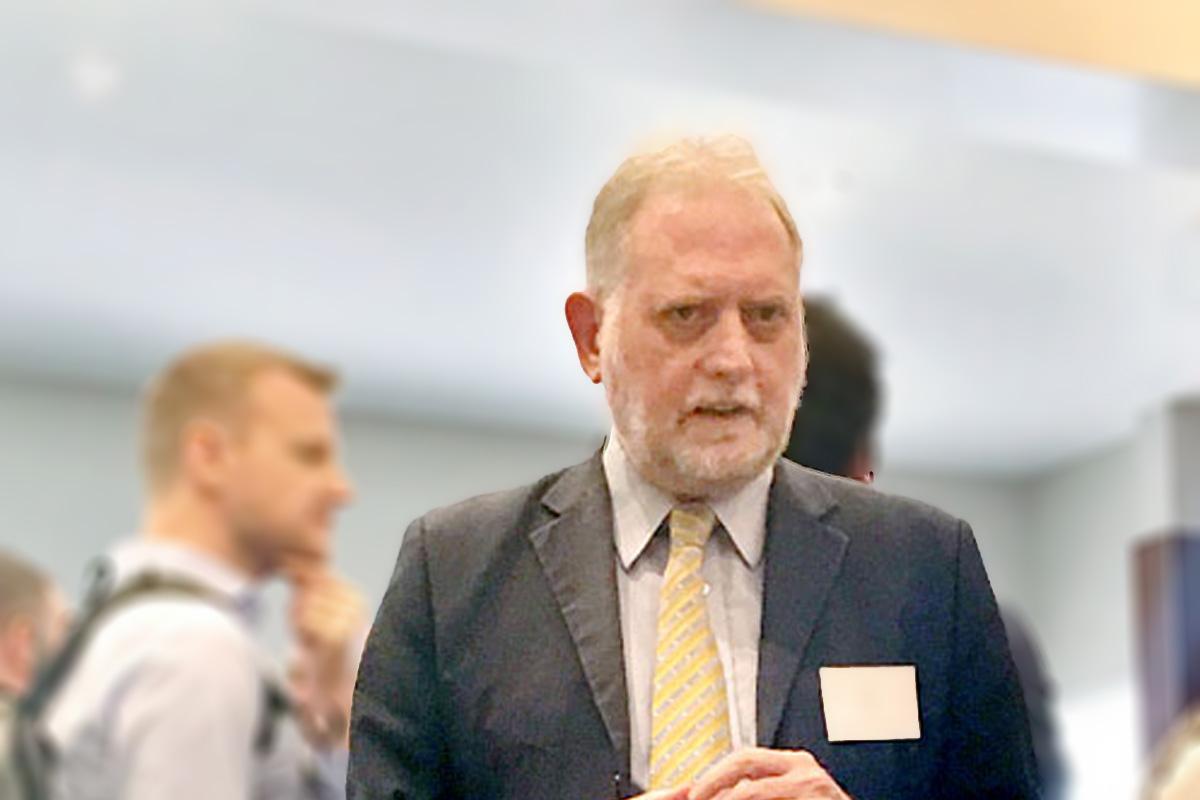According to Matt Roberts, Executive Director of the Energy Storage Association in the USA, “markets are born at the intersection of policy, technology and opportunity.”
This is a simple but fairly profound statement and highlights what should be obvious, which is that policy, technology and opportunity working together make things happen. It’s a bit like a three-legged stool – if one leg is missing the stool falls over but with all three in place, it is a solid platform on which to build a market.
We don’t have to look far for examples of this. The policy in Norway to not tax electric vehicles and to offer free parking and use of bus lanes for them has driven the uptake of electric vehicles.
The policy was there, the technology was there (electric cars), the uptake was there which was the opportunity, and the market beyond the obvious of sales and servicing of electric cars is the installation of charging points in both homes and public places.
Taking a longer-term perspective is the smart grid potential of using stored energy in cars to iron out peeks in demand for electricity, thereby providing another market.
Another example is marine energy and the UK/ Scottish experience. Scotland has a 100% renewable electricity goal by 2020, and have a series of policies from feed in tariffs to investments in dedicated infrastructure at ports and universities in support of achieving the goal.
So the policy is there, the technology has been carefully nurtured with research and development funding over the last two decades, which means the technology is there, while the wave and tidal characteristics, particularly around Scotland, means the opportunity is there.
The market comes from the need for industry to support development, deployment, operation and maintenance of the marine energy devices and providing the services around them, from grid connection to wave forecasting and environmental monitoring.
These are both examples of a joined-up approach to development and they are not unique. There are also myriad examples of where one or other of the ‘legs’ are missing, as in the case of the New Zealand Marine Energy Deployment Fund.
This government programme established several years ago was welcomed by industry; however, in terms of technology development, it was probably five years too early and it didn’t link to other policy enablers that would have generated demand once technology was demonstrated.
The opportunity is certainly here in that New Zealand has some excellent wave and tidal resources. But for wave and tidal energy to develop a market, it needs all three legs working in concert with joined up strategies.
Joined-up strategies mean strategies worked out between industry and Government and other key stakeholders that might include universities. While we have seen some efforts to set research priorities in New Zealand through detailing research challenges, the links to technology, which typically means industry, and to opportunity is a little less clear.
Perhaps a better approach might be to identify the opportunity and technology, then develop the policy to support them and thereby create a market. Not that this is easy, but it just won’t happen if we don’t have exceptional co-operation between industry and Government in a climate of a positive development focus to ensure markets are born.
HERA is a strong advocate for this approach and applies the industry end with enthusiasm that has resulted in the successful Above Ground Geothermal and Allied Technology (AGGAT) programme, which is built on market opportunity, technology development, and supported by Government.
In a similar way, HERA in conjunction with Aotearoa Wave and Tidal Energy Association (AWATEA) have been working for the past four years to realise an opportunity to develop New Zealand as a key player in the marine energy space, with government support pending, so industry is doing its bit to find the opportunities and develop technologies, all we need now is a joined-up strategy to make sure we are a success.

